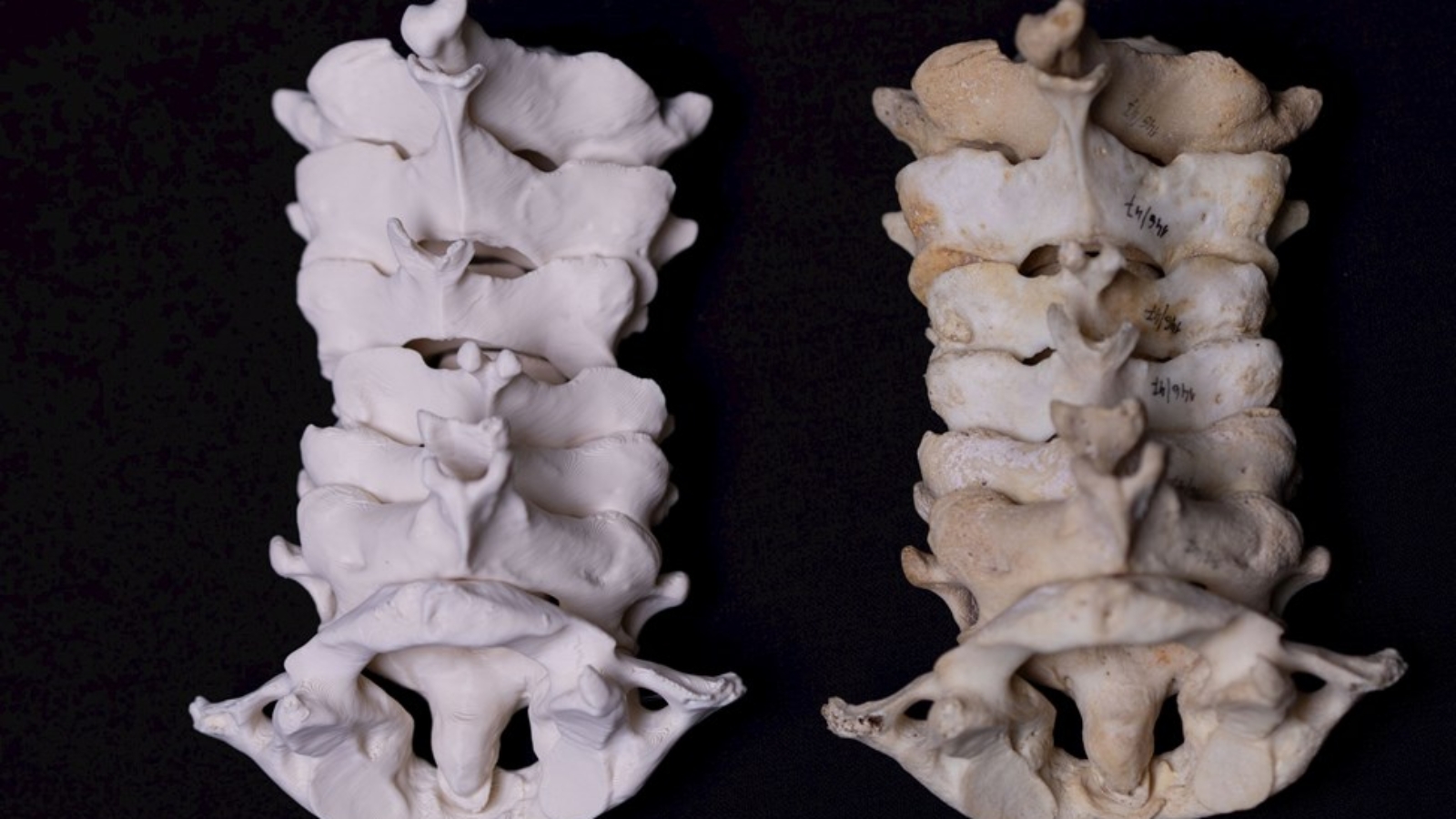At the Czech Republic–based Masaryk University Faculty of Medicine, the Simulation Centre (SIMU) has launched www.printanatomy.eu, a free portal offering 3D models of bones, organs, and simulators for teaching and clinical training.
“Unlike other similar platforms, which usually operate on a commercial basis, our portal is publicly and freely accessible. Each model also comes with a methodology, so anyone can download and print it themselves,” says Ing. Jiří Travěnec, Deputy Director for Technology at SIMU.
In addition, each model on the platform is verified by a guarantor—typically a lecturer or practicing clinician—who ensures its anatomical accuracy. “For example, a guarantor may request a model of the large intestine to practice laparoscopic suturing. Based on CT scans or using 3D scanning, we technicians produce the model, and the guarantor then verifies not only its visual accuracy but also its suitability for the intended purpose,” Travěnec explains.

Cost savings and sustainability
SIMU explained that producing simulators in-house reduces reliance on external suppliers, simplifies logistics, lowers costs, and supports sustainability. In training environments where tools wear out quickly, 3D printing is especially useful. “There was a case where a supplier offered us a cannulation simulator for the umbilical cord that was unsuitable for teaching purposes. So, we developed our own. Moreover, we can produce some simulators at just a fraction of their typical cost,” says Travěnec, adding that some materials can be recycled and reused.
The database currently includes seventy models, with more planned. Travěnec expects it to expand as 3D printing becomes more common in medical education and practice. At SIMU, a collaboration with St. Anne’s University Hospital focuses on fractures of the tibia and clavicle. “Based on CT scans, we can print a bone using a mirrored image of the healthy side, allowing surgeons to pre-plan the operation—decide where to attach titanium plates and screws, test where to drill into the bone, or model a custom plate,” says SIMU technician Michal Šemora. “We’re able to process such a request from the hospital by the next day.”
3D Printing and Advancements in Medical Education
Manufacturing on Demand
In healthcare settings, 3D printing is increasingly being used to create patient-specific anatomical models that assist surgeons in planning complex procedures and improving surgical outcomes.
In September, Anatomy Warehouse, a supplier of anatomical teaching resources, has entered an exclusive partnership with Germany-based Erler-Zimmer to introduce advanced 3D printed anatomical models to classrooms and training centers across the U.S. Created with Monash University in Australia and produced in Germany, the Erler-Zimmer 3D Anatomy Series seeks to improve access to realistic, high-quality anatomy tools for students and educators.

Elsewhere, Korea University Guro Hospital (KUGH) and the 3D Printing Chungbuk Center at Korea National University of Transportation (KNUT) have launched a program leveraging AM to support fracture patients. Initiated by the Ministry of Science and ICT (MSIT), the initiative provides surgeons with patient-specific 3D printed anatomical models designed to improve surgical outcomes.
In 2024, Ricoh USA introduced the RCOH 3D for Healthcare Innovation Studio, a point-of-care additive manufacturing facility located at Atrium Health Wake Forest Baptist in North Carolina. The facility offers clinicians direct access to design, development, and manufacturing capabilities for 3D printing FDA-approved anatomical models. These patient-specific devices can be used for surgical planning, patient education, and preoperative simulation.
.
You might also like:
Lithoz CeraFab S65 3D printer now enables patient-specific ceramic earmolds: Swiss earmold products manufacturer Otoplastisches Centrum GmbH (OC GmbH) and German service provider CADdent are applying ceramic 3D printing to patient-specific earmold production.
* This article is reprinted from 3D Printing Industry. If you are involved in infringement, please contact us to delete it.
Author: Paloma Duran


Leave A Comment